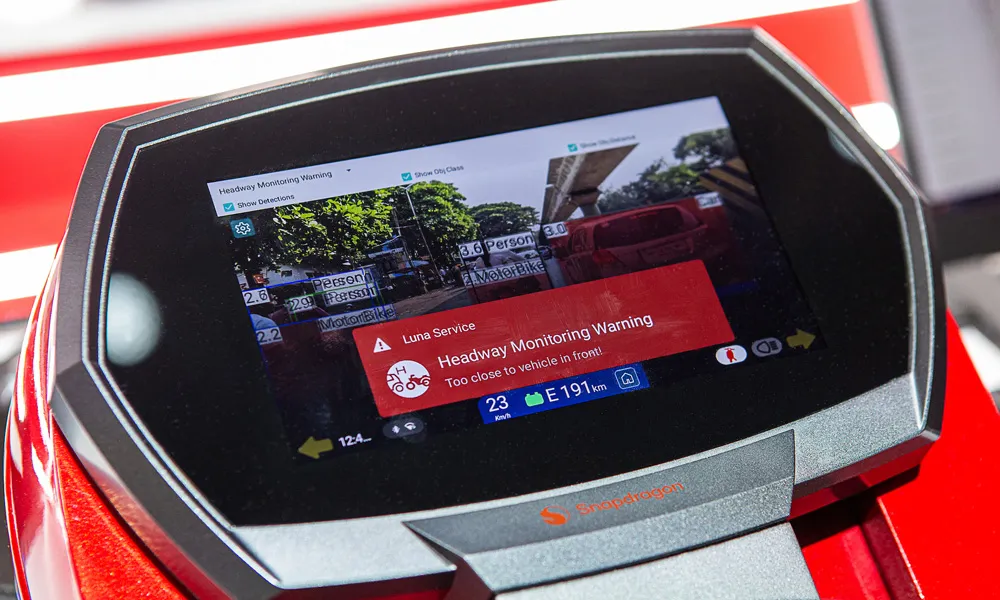Developed to meet the needs of today's modern transportation industry, McCain claims its new traffic controller cabinet design, the ATC cabinet, increases driver and personnel safety, enhances overall operations and provides a viable migration path to low-voltage intersections. The rack-mount modular cabinet with serial connections brings together the best of existing standards and incorporates National Electrical Codes (NEC) or NFPA 70 standards to guard against accidental electrocution due to inadvertent
August 6, 2013
Read time: 2 mins
Developed to meet the needs of today's modern transportation industry, 772 McCain claims its new traffic controller cabinet design, the ATC cabinet, increases driver and personnel safety, enhances overall operations and provides a viable migration path to low-voltage intersections.
The rack-mount modular cabinet with serial connections brings together the best of existing standards and incorporates National Electrical Codes (NEC) or NFPA 70 standards to guard against accidental electrocution due to inadvertent contact with live or arcing parts. Additional safety features include the ability to flash an intersection while replacing the output assembly and load current monitoring for each output. The current AC version can be easily retrofitted for DC applications, providing a practical migration path from 120 VAC to 48 VDC.
"The ATC cabinet highlights a major turning point in the industry, aligning the capacity and capability of traffic cabinets with controllers, software, and the countless other control devices that have advanced significantly over the last two decades," said Jeffrey L McCain, founder and CEO of McCain.
The rack-mount modular cabinet with serial connections brings together the best of existing standards and incorporates National Electrical Codes (NEC) or NFPA 70 standards to guard against accidental electrocution due to inadvertent contact with live or arcing parts. Additional safety features include the ability to flash an intersection while replacing the output assembly and load current monitoring for each output. The current AC version can be easily retrofitted for DC applications, providing a practical migration path from 120 VAC to 48 VDC.
"The ATC cabinet highlights a major turning point in the industry, aligning the capacity and capability of traffic cabinets with controllers, software, and the countless other control devices that have advanced significantly over the last two decades," said Jeffrey L McCain, founder and CEO of McCain.









